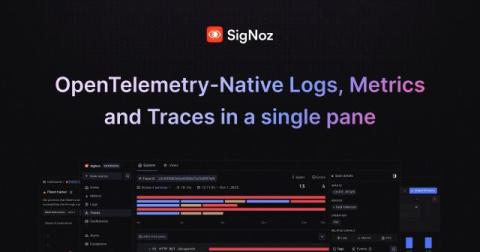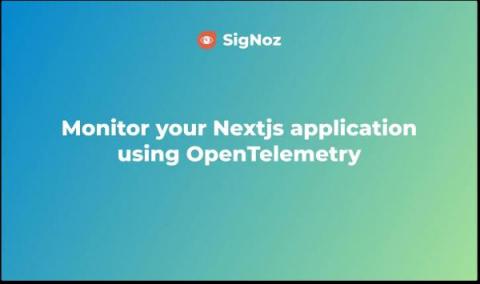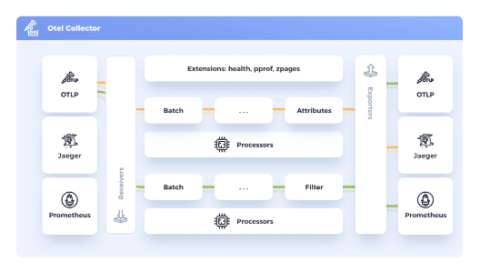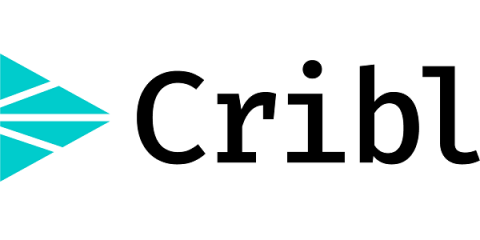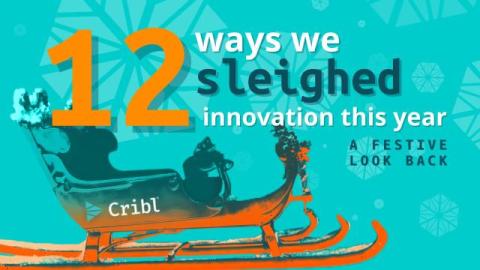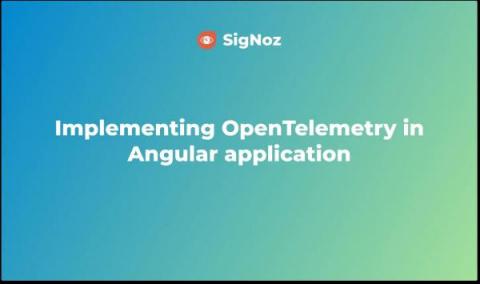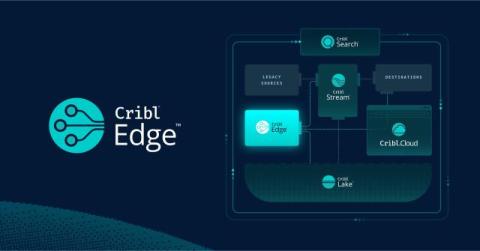Monitoring your Express application using OpenTelemetry
Nodejs is a popular Javascript runtime environment that executes Javascript code outside of a web browser. Express is the most popular web frameworks that sits on top of Nodejs and adds functionalities like middleware, routing, etc. to Nodejs. You can monitor your express application using OpenTelemetry and a tracing backend of your choice.


